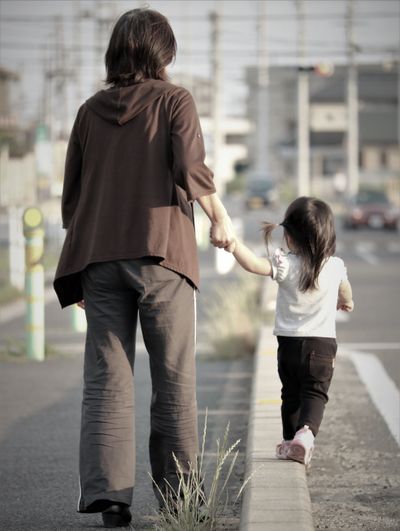Sixties Scoop History is Not History, It is Now!
The sixties scoop began 'officially' in 1957. Residential schools began to close down due to a lack of funding for the churches running them, as well as the government wishing to use more mainstream education. As a result of the trauma suffered by those who went to the residential schools, parenting and child care were less than stellar, which created unsafe homes for some children. This trauma tended to cause more problems as children grew up and became parents themselves. There were also changes made to the Indian act for social workers to be able to go to reserves to assess the homes. Whilst the federal government was involved, it was the provincial and territory social services that acted on removing the children. When there was a lack of care, caused by poverty and trauma, children were removed from their homes.
The children were removed for almost any reason that the social worker could come up with to make it seem as though the children were being abused, even though many of the children never suffered physical abuse until they went into the foster care system. The children were sometimes just taken without notifying the parents, basically kidnapping them right off their front lawns if they were sen playing on their own, as that could be interpreted as neglect. Some children were brought to the hospital by their families if they were ill and the hospital staff would call social services. Though it was seen as a drain on the system to have so many children in foster homes as the government paid families who housed the children.
The government created various programs to adopt these children, preferably out-of-province, and out-of-country. One of those programs was Adopt Indian and Metis (AIM). The aim of AIM was to adopt Indigenous and Metis children to white, good-income families in order to further assimilate Indigenous people into mainstream society. Another form of cultural genocide. advertisements were created for newspapers, radios, and television. It would have a picture of a child, usually younger than 7, and list their physical characteristics alongside some personality attributes. It made them sound like lost puppies in need of a home. The children were adopted by many families who believed that they were taking in an abandoned child and doing a good deed in taking these children. the identities of the children were all but erased. Sometimes records of the birth parents were destroyed or altered to make the removal and later adoption of these children seem more legitimate and the right thing to do. The culture was erased from the children as they were no longer raised in it, but the children would always know they were different. This would be due to the color of their skin, the lack of love given to them by their adoptive families, and the loss of their cultural identity.
The removal of children continued for decades, well into the 1980s, though changes made to the Indian act made it difficult for social workers to just grab the child. The social workers would need more concrete reasons for removing the child, but the definitions for requiring removal were not culturally based, and they could look at an on-reserve home, badly maintained due to lack of funding as neglect and remove the child from what was deemed an unsafe home. It kept on continuing the cycle that residential schools had started. Adoption also began to dwindle down and foster care was the only option. There was also a change in funding for each child that was placed in care, which only further added to the numbers in care.
While the sixties scoop lasted from 1957, until the late 1980s, a form of it still continues where Indigenous children are being removed from their families, homes, and cultures.






